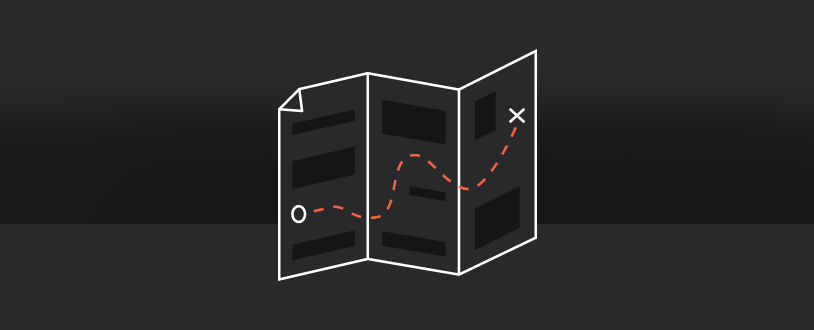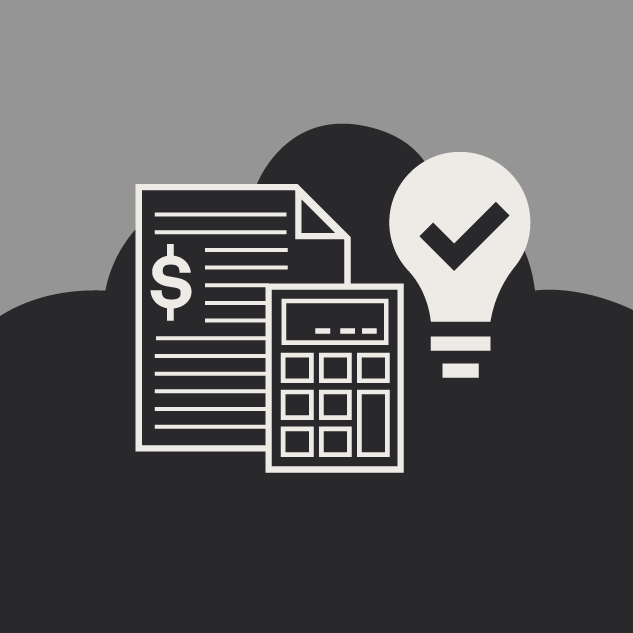Considering an Episerver Migration? First, Some Questions...
Eric Rickert Digital Project Manager, PMP#CMS, #Episerver, #Digital Strategy

Are you considering a move to Episerver? Here are four migration questions from a Project Manager that will help get you on your way.
In 2016, if you own a business, having a web presence is a must. Gone are the days of simply hanging up a sign and opening your brick and mortar doors. If you don’t have a website, does your business even exist? A website is the easiest and most common way for businesses to connect to customers and partners, and to some degree it legitimizes your business.
Websites are what present your business to the world, so any time change is discussed, it’s normal to feel a little nervous. Are you considering a move to Episerver, but are worried about changing platforms? As a Project Manager who oversees these migrations, I suggest answering these four questions to help get your team started:
What Are the Motives for Switching Platforms?
There are many reasons businesses switch web platforms, including security improvements, increased capabilities, ease of self-maintenance, and the ability to offer E-commerce. Internally compiling your pain points and desired new functionality is a must. It’s important that your Digital Agency has a clear understanding of what you are hoping to accomplish, and with this list, a clear roadmap can be defined.
As we’ve worked with clients who are migrating to Episerver, we have found that sometimes the project stakeholders are seeking a desired functionality, but are not sure what solution will be able to meet those needs. Working with your digital agency to clearly define your needs and goals will ensure that your new platform is able to provide the functionality you desire.
Do You Have the Right Team in Place to Accomplish This?
Are you partnered with a Digital Agency, or are you hoping you have the skills internally to accomplish your goals? This is a very important piece to the puzzle. We all know that there is a certain level of complexity involved in getting a website to work, but if you don’t have people with the right skill sets on your team, problems can quickly snowball into project-halting issues.
I’m continually amazed at all the things that need to happen behind the scenes, in just the right sequence, to make a simple call to action button to work, let alone an entire website that includes E-commerce and integrations with third-party systems. If you don’t have the A-team together at the onset of the project, you could find yourself having to go through this migration process twice, and I’ve almost always found that fixing something that is built incorrectly costs more than paying to build it right the first time.
Are There Skeletons in Your Closet?
How long has it been since your website was originally developed? Many times, when we start working through the conversion process we find “Easter eggs” or pieces of long forgotten code or page structures that need to be adapted to the Episerver environment. Often, the programming time needed to recreate or emulate long forgotten functionality is not planned for. A thorough Discovery and investigation process can help to mitigate this risk.
In every project, planning is the most important step. Even if your site is only a few years old, you could have some programming surprises waiting for you. Making sure that Discovery is part of your migration project will help you find and address these issues before they become a problem, and it will save a lot of time and money in the long run.
Who Is Going to Move All That Content?
Transferring content from your old website into your new CMS platform is an effort that should not be underestimated. Sure, some of this can be automated, but in my experience, manually moving the content provides the best result. Automating the content transfer can often actually complicate things; interior links might be left behind, authorship might not get transferred, and having to clean up pages and content after the automated transfer can end up creating even more work.
A manual content migration process provides an opportunity to evaluate content as you transfer it over, update old content and images, and make sure that your message to clients and partners is concise, relevant, and consistent. The migration process is a great opportunity to revitalize your whole site, not just the platform it resides on.
Answering these questions is a good start to the planning process, and your answers will provide a foundation for you and your Digital Agency to start having conversations about migrating and begin planning your migration budget. Remember, you don’t have to be intimidated by the thought of migrating to Episerver. This should be an exciting endeavor for your business, and having the right partner to help you throughout the process will make all the difference.
If you want to know more about migrating to Episerver, please contact us. Do you have a specific migration question I can answer for you? Feel free to comment below, and I’ll get back to you.
Related Posts

4 Ways to Avoid Disaster When Migrating CMS Platforms
If you have ever migrated from one content management system (CMS) or eCommerce platform to another, you know how many unexpected issues can occur during the migration process.

Cloud CMS Migration: Costs, Benefits & Insights
Migrating to a cloud CMS platform represents a strategic (and necessary) investment in the future of digital content management. Here's what you need to know.
Results Matter.
We design creative digital solutions that grow your business, strengthen your brand and engage your audience. Our team blends creativity with insights, analytics and technology to deliver beauty, function, accessibility and most of all, ROI. Do you have a project you want to discuss?
Like what you read?
Subscribe to our blog "Diagram Views" for the latest trends in web design, inbound marketing and mobile strategy.
